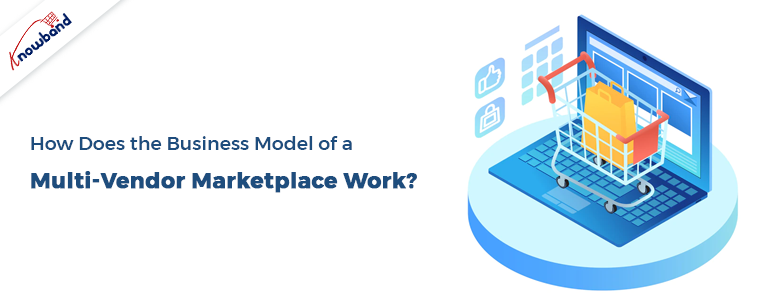eCommerce is a common way for people to make money. Multi-vendor marketplace business models are a type of eCommerce, which is one of the most promising fields right now.
In this article, we’ll talk about marketplaces, their benefits, how to start your own marketplace business, and why many entrepreneurs choose to open a marketplace instead of a regular online store.
How Does the Business Model with Multiple Vendors Work?
In a business relationship in a marketplace, there are a number of roles that are directly involved. The owner of a marketplace or his representative is the administrator. The administrator controls how buyers and sellers interact in the marketplace and makes important decisions about how the marketplace platform should grow.
People who sell goods and services are also called “vendors.” They might have a second, separate website, or they might not have one at all and instead focus on getting customers through their physical store and a marketplace. Buyers are customers who use marketplaces to buy things or order services.
Note: Depending on the type of business model, buyers and sellers can sometimes switch places, like in a peer-to-peer marketplace.
When a buyer places an order, it is processed by the seller or by the marketplace itself. The order is then sent through the marketplace’s internal delivery service. If a seller is responsible for delivery, they make the delivery themselves in this case. Seller makes money when they sell their goods and services.
Basic Grouping of Marketplaces:
There are many ways to group marketplaces. We will talk about the most important things.
By Type of Business:
Business-to-business, or B2B, is a transaction between two legal entities. Businesses sell to and do work for other businesses.
Businesses sell goods and services directly to customers. This is called “business-to-customer” (B2C).
C2C stands for “customer-to-customer,” which means that the relationship is between two or more people.
Based on the Products to Sell:
Product—
These markets sell real things
Services—
Providers offer services that are useful. There are a few ways to divide the services market:
- Book services like hotels or carsharing
- Type of book and movie subscription
- A place where people with special skills, creative work, and household help can exchange money.
By Types of Goods:
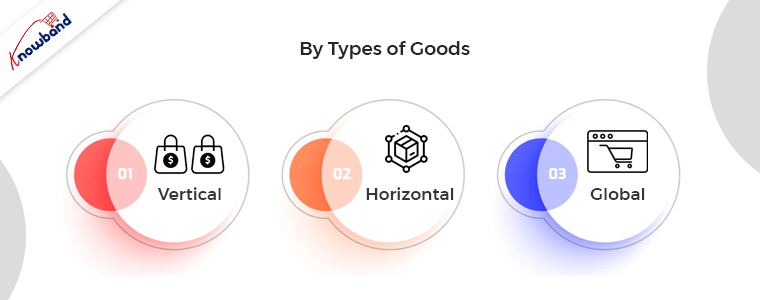
Vertical:
There is just one kind of product. They may have different prices or features. For instance, a market where knives or books are sold.
Horizontal:
There are many different kinds of products, but they all have one thing in common. For example, an electronics market. There you can find a vacuum cleaner and a cell phone, both of which are electronic devices.
Global:
There are many different kinds of products. Amazon is the best example.
Complete Classification
The products you choose to sell will depend on the area and country you want to target. We picked out some possible areas to sell products and services:
- Clothing and fashion accessories
- Products for health and beauty
- Tech gadgets
- Pet supplies
- Items that are used
- Hand-made items
- Courses that teach
- Baby care products
Why Are So Many Store Owners Switching to a Business Model Called “Multi-Vendor Marketplace”?
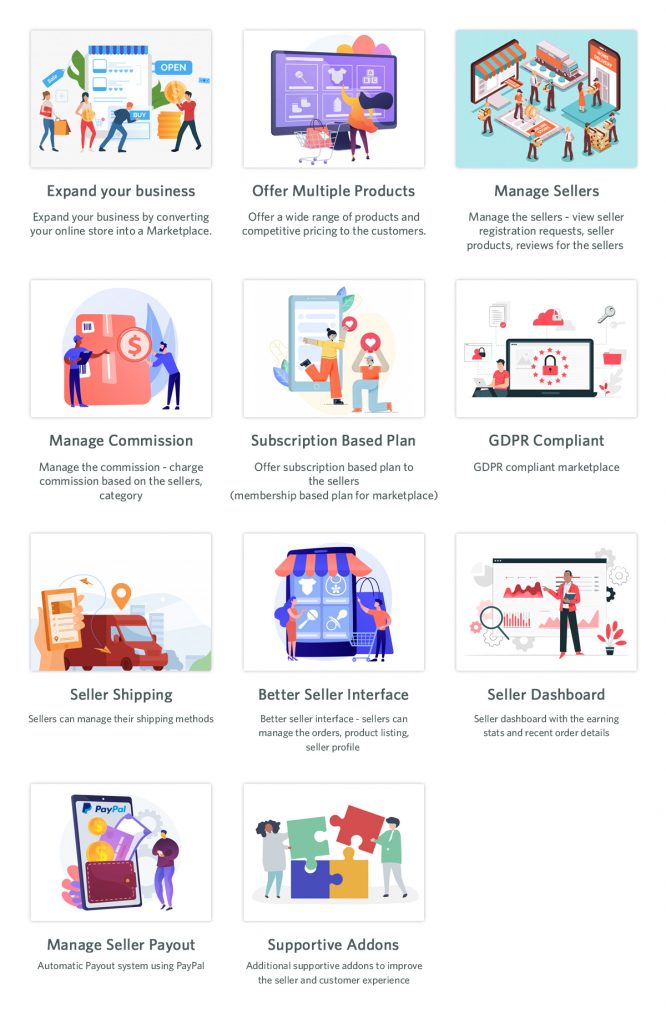
If you compare multi-vendor business models to other types of eCommerce, you’ll find that marketplaces are very profitable, but that’s not the only thing that makes them appealing. Marketplaces look very appealing to entrepreneurs because they have several important features:
A lot of different products—this lets you make up-sells and cross-sells, which increase the total amount spent and make it easier for a buyer to order more than one thing they want at once.
Brings in a lot of people—a marketplace is a very convenient model for buyers because it offers services in an easy-to-use way. There are a lot of options for one type of good, and they all have different qualities. It’s easy to compare them and have them delivered to a convenient place.
A multi-vendor business model frees up some time because the marketplace and sellers share business tasks. The person in charge of the marketplace doesn’t have to worry about suppliers or how goods get from one place to another. They need to deliver quickly and offer good services.
Win-Win Solution:
The marketplace runs ads to make sure that its merchant partners’ products are popular, and sellers tell their third-party buyers that they are in a certain marketplace, which subtly promotes the marketplace. This is a good plan that works for everyone.
Products related to the items chosen. A marketplace helps entrepreneurs who already have an online or offline store add similar products or products related to their product to order, making their services even more convenient.
How Do I Start a Business with Multiple Sellers?
To start a successful business, you need to go through a few important steps that are standard in the multi-vendor marketplace business model:

Creation of a business idea. You need to figure out the business model you’ll use, the marketing strategies your competitors use, and some ideas you’ll test in the practical part. This is the stage of your idea’s theoretical research.
MVP means that the solution is simple and quick. In terms of eCommerce, it may look like a marketplace that was made on a “no-code” platform with as few resources as possible. The most important thing is that people can sell goods and place orders there. At this point, all other tasks can be done by hand.
Getting people to sell. This is one of the hardest and most important parts of making a market.
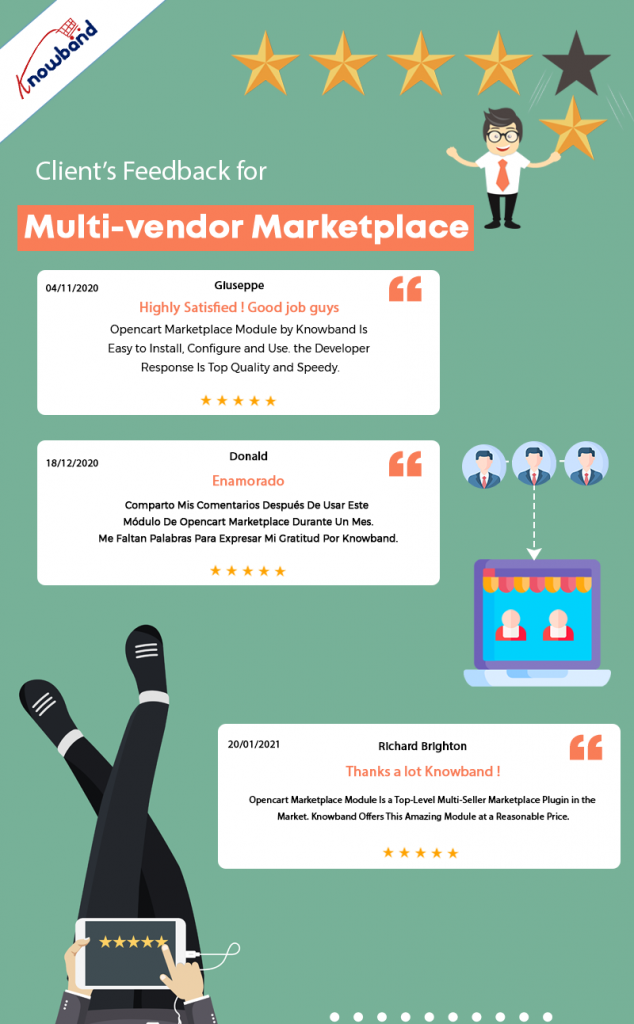
Thematic Conferences and Forums
- Private talks
- Finding out what others are doing
- Internet surfing
To get buyers, you should start with a marketing plan you’ve thought about from the start. Here, you can test hypotheses to find “golden bundles” and get rid of marketing ideas that don’t work.
Automation and optimization: Once all the other steps have been completed successfully, you can start improving business processes. It is very important to choose a reliable contractor and other professionals with whom you will work. At this point, it’s also important to connect automation systems like CRM, ERP, CMS, and others.
Maintaining the result: Improving customer service and business processes is an important part of growing a business.
Scaling is a step that is optional and can be skipped. The point is that growing a business may not always be a good thing. In some cases, the success of a business depends on something like a certain location, and capturing a market outside of this territory can turn out to be a failure.
Which platform is best for marketplaces with multiple sellers?
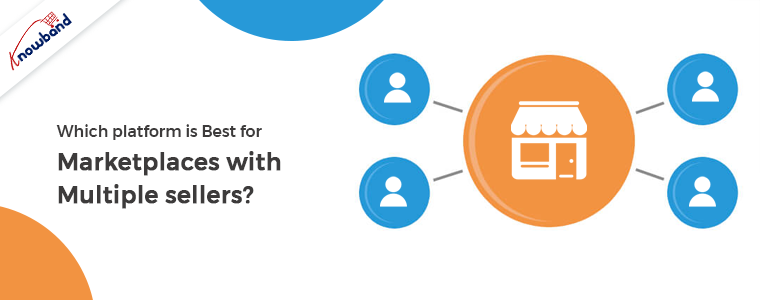
Choosing software for market launch is one of the most important steps. There are a lot of trustworthy programs out there. We suggest that you use Knowband Multi-Vendor Marketplace to start your business. For this multi-vendor shopping cart software, it doesn’t matter what kind of business model you have because it works for all kinds of marketplaces.
It’s a nice platform that works for all kinds of businesses. It is a nice mix of easy-to-use technology that doesn’t require code and advanced parts that do require code. Because of this, it works for all kinds of businesses, from small, local ones to global ones. It’s an on-premise platform, so you need to download and install it.
Features:
- On-premise platform
- One-time payment
- Apps for both IOS and Android
- Full 3-month support

